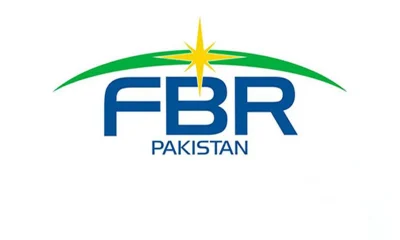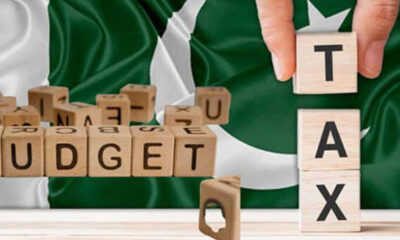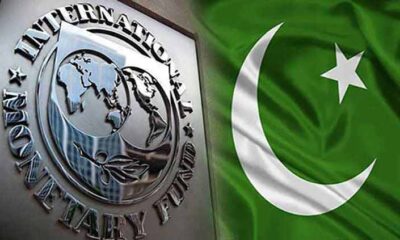- Total debt up by 22.11% year-on-year to Rs61.75 trillion.
- Total govt debt was Rs50.57 trillion in July 2022.
- Month-on-month debt increased by 1.49%.
KARACHI: The federal government’s total debt surged to nearly Rs60 trillion, primarily attributed to borrowing from domestic and foreign sources to cover the fiscal deficit, The News reported Wednesday.
The total debt of the government was up by 22.11% year-on-year to Rs61.75 trillion in July 2023, compared to Rs50.57 trillion in July 2022, the State Bank of Pakistan (SBP) data showed on Tuesday.
On a sequential basis, the debt of the government witnessed an increase of 1.49% month-on-month compared to Rs60.84 trillion in June 2023. The increase in debt burden is primarily attributed to borrowing from domestic and foreign sources to cover the fiscal deficit.
The central bank data showed the larger portion of the debt was domestically clocked in at Rs39.02 trillion, signifying a growth of 24.08% year-on-year, comprising Rs29.59 trillion long-term debt and Rs9.29 trillion short-term debt while the remaining Rs22.73 trillion was external.
By the end of July 2023, the government’s long-term debt increased by 24.44% year-on-year to Rs29.59 trillion as compared to Rs23.78 trillion recorded in the same period a year ago. Similarly, the short-term debt jumped by 27.14% year-on-year as opposed to Rs7.31 trillion in July 2022.
Within the long-term domestic debt, the Pakistan Investment Bonds (PIBs) accounted for Rs22.06 trillion, up by 27.40% year-on-year. Meanwhile, in the short-term domestic debt, Market Treasury Bills (MTBs) amounted to Rs9.22 trillion, up by 27.14% YoY.
Borrowing through Naya Pakistan Certificates (NPCs) has risen by 26.71% YoY to stand at Rs139 billion in July 2023. A breakup of the government’s external debt shows that nearly Rs22.67 trillion came from long-term loans while Rs65.2 billion came from short-term loans.
The country’s total debt and liabilities rose by 29% to Rs77.1 trillion in the last fiscal year of 2022/23.
At the end of the last fiscal year, the country’s debt and liabilities, including domestic and foreign, totalled Rs77.104 trillion, up from Rs59.772 trillion the year before.
The total debt and liabilities as a percentage of GDP increased to 91.1% in 2022/23. The nation’s debt rose 28.4% to Rs72.991 trillion, while the liabilities increased 34.6% to Rs4.587 trillion in FY2023.
To finance its expanding budget deficit and to cover the cost of repaying its domestic debt, the government borrowed heavily from domestic sources, namely commercial banks.
The government borrows funds from commercial lenders, multilateral institutions, the Paris Club, and international financial institutions to meet budget deficits, finance the current account gaps, and build up foreign exchange reserves.
However, a steep decline in the value of the local currency caused the amount of foreign debt to rise, reaching Rs32.495 trillion in FY2023. The rupee’s value fell by 41% during the last fiscal year.
In July, the International Monetary Fund (IMF) approved a fresh $3 billion bailout for Pakistan’s struggling economy, which had been dangerously near to defaulting on its debt.
The IMF and friendly nations provided the country with $4.2 billion in financial support in July. The country received inflows of $2.0 billion from the Kingdom of Saudi Arabia, $1.2 billion from the IMF, and $1 billion from the United Arab Emirates.
Analysts said that it appears that the government’s budgetary borrowings remained high this year and the country’s projected FX inflows from bilateral and multilateral sources will be the only way to cover its gross external funding needs.
The SBP anticipates that the foreign exchange reserves will rise to $12 billion by the end of this fiscal year, although the reserves could fall if there is significant pressure on the current account.
Due to anticipated increases in debt servicing expenses amid the high-interest rate environment in the nation, our budget deficit appears to be on an upward trend. Imports have not yet been fully opened, but if they are, tax revenues will increase.

 Latest News2 days ago
Latest News2 days ago
 Business2 days ago
Business2 days ago
 Business12 hours ago
Business12 hours ago
 Latest News2 days ago
Latest News2 days ago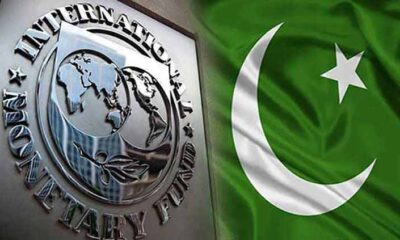
 Business2 days ago
Business2 days ago
 Business13 hours ago
Business13 hours ago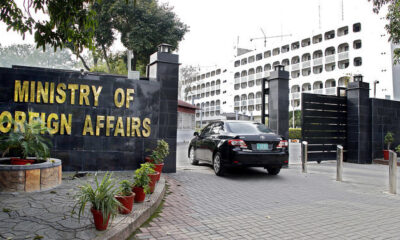
 Latest News2 days ago
Latest News2 days ago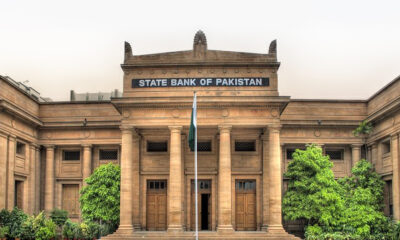
 Business12 hours ago
Business12 hours ago

